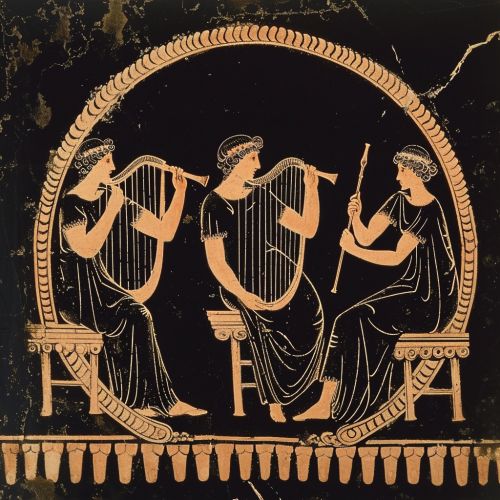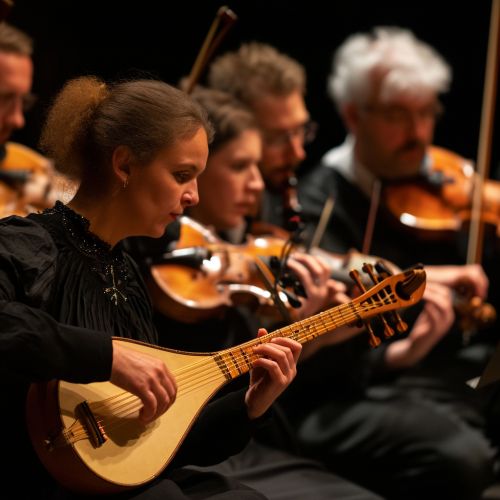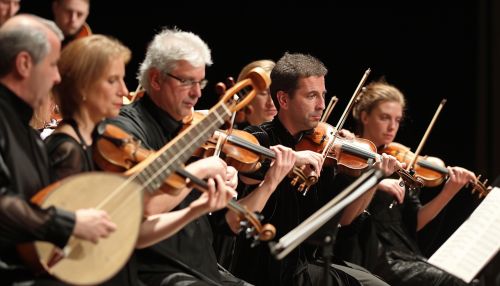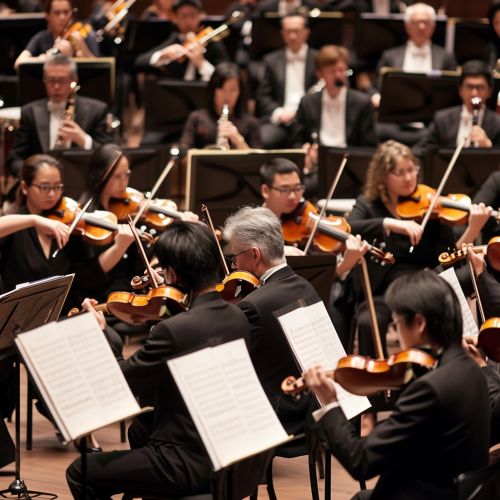Music of Europe
Origins of European Music
The history of music in Europe is a vast and fascinating subject, tracing its roots back to the ancient Greeks and Romans. The Greeks were the first to establish a system of music theory, while the Romans spread their music throughout their vast empire. This early music was primarily monophonic, meaning it consisted of a single melody without any harmonic accompaniment.


Medieval Music (500-1400)
During the Medieval period, music in Europe was heavily influenced by the Church, which dominated cultural life. Gregorian chant, named after Pope Gregory I, was the primary form of music used in the Church. This was a form of monophonic, unaccompanied sacred song, sung in Latin.
The later part of the Medieval period saw the development of polyphony, a style of music in which two or more simultaneous melodies of equal importance are performed. This was a significant development in the history of European music and laid the groundwork for the complex harmonies of later periods.
Renaissance Music (1400-1600)
The Renaissance was a time of great change and innovation in European music. The invention of music printing in the mid-15th century made music more widely available, leading to an explosion of musical creativity. Polyphony became more complex, and composers began to write more secular music, in addition to sacred works.


Baroque Music (1600-1750)
The Baroque period saw the birth of many forms of music that are still popular today, including the opera, the concerto, and the symphony. Composers like Bach, Handel, and Vivaldi were prolific during this period, creating works that are still performed and loved today.
Classical Music (1750-1820)
The Classical period was dominated by three composers: Mozart, Haydn, and Beethoven. This period saw the development of the sonata form, a structural principle of music that is still used today. The symphony orchestra also came into its own during this period, and the piano replaced the harpsichord as the primary keyboard instrument.

Romantic Music (1820-1900)
The Romantic period was characterized by a focus on emotion and individualism. Composers like Schubert, Brahms, and Tchaikovsky created works that expressed deep feelings and explored new musical territories. The orchestra grew in size and range, and the piano became a powerful tool for musical expression.
20th Century and Contemporary Music
The 20th century saw a great diversity of musical styles, from the complex harmonies and rhythms of modernist composers like Stravinsky and Schoenberg, to the popular music styles that emerged in the latter half of the century, such as rock, pop, and electronic music.
Today, Europe continues to be a center of musical innovation and diversity, with a thriving popular music scene and a rich tradition of classical music.
